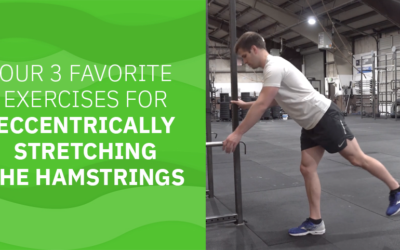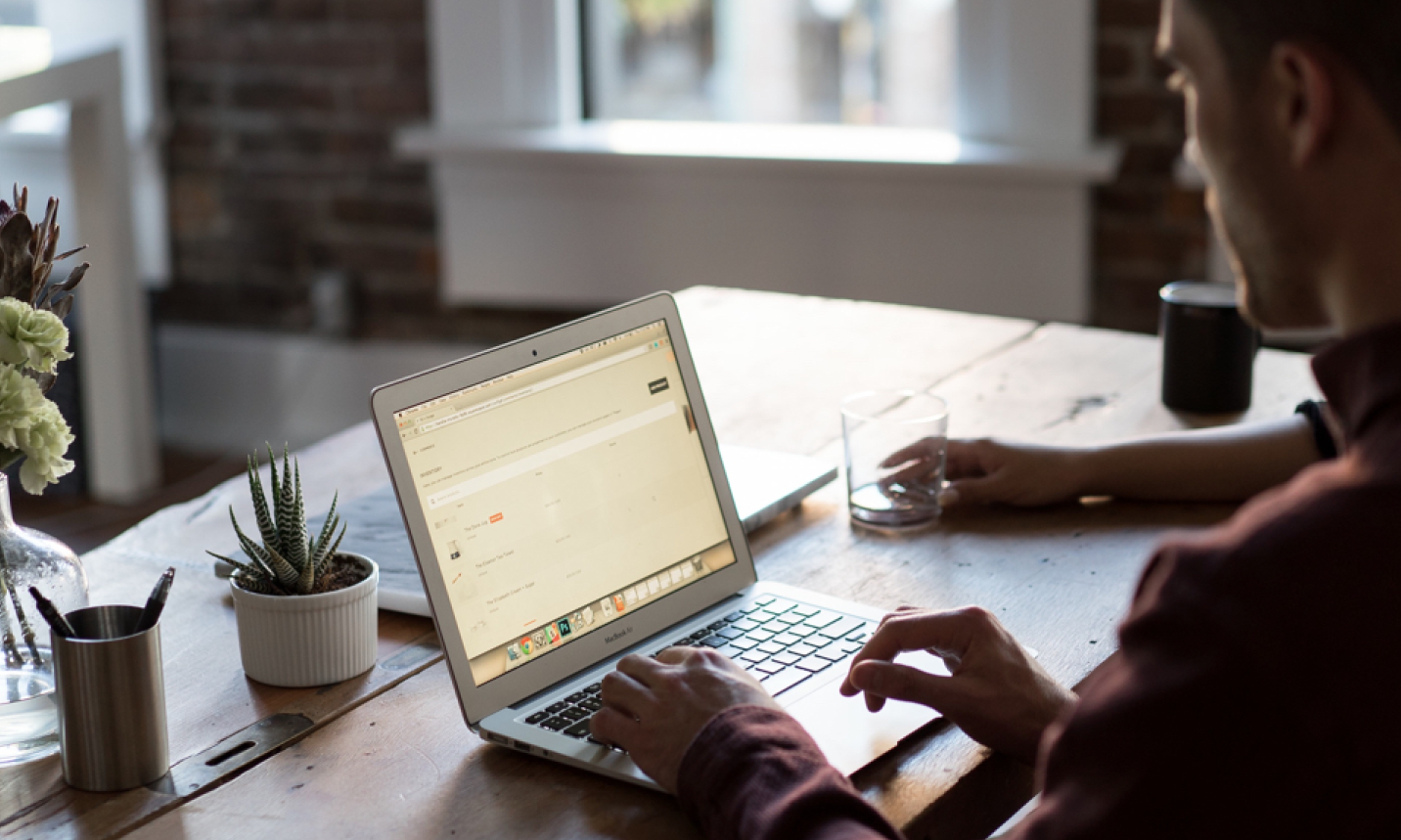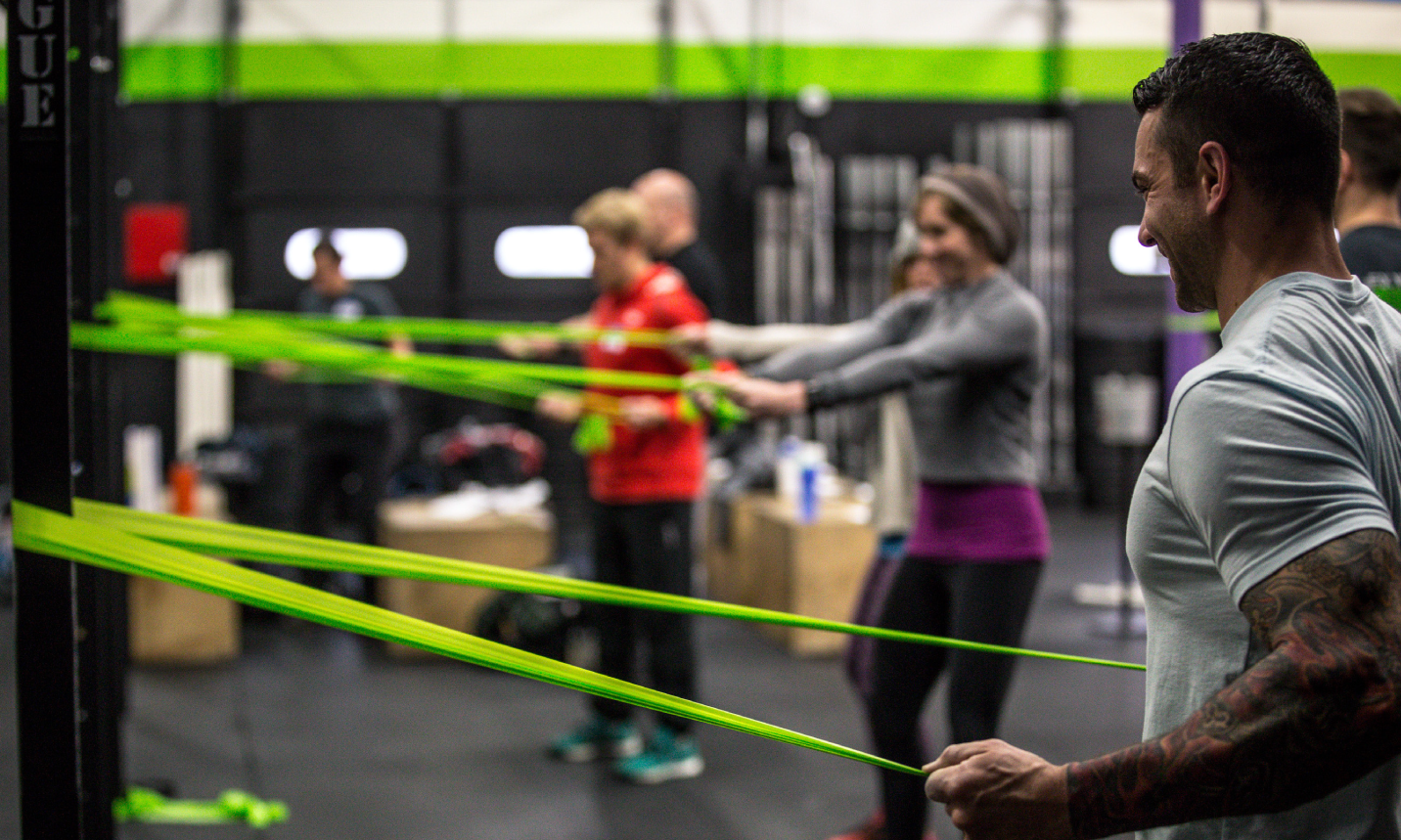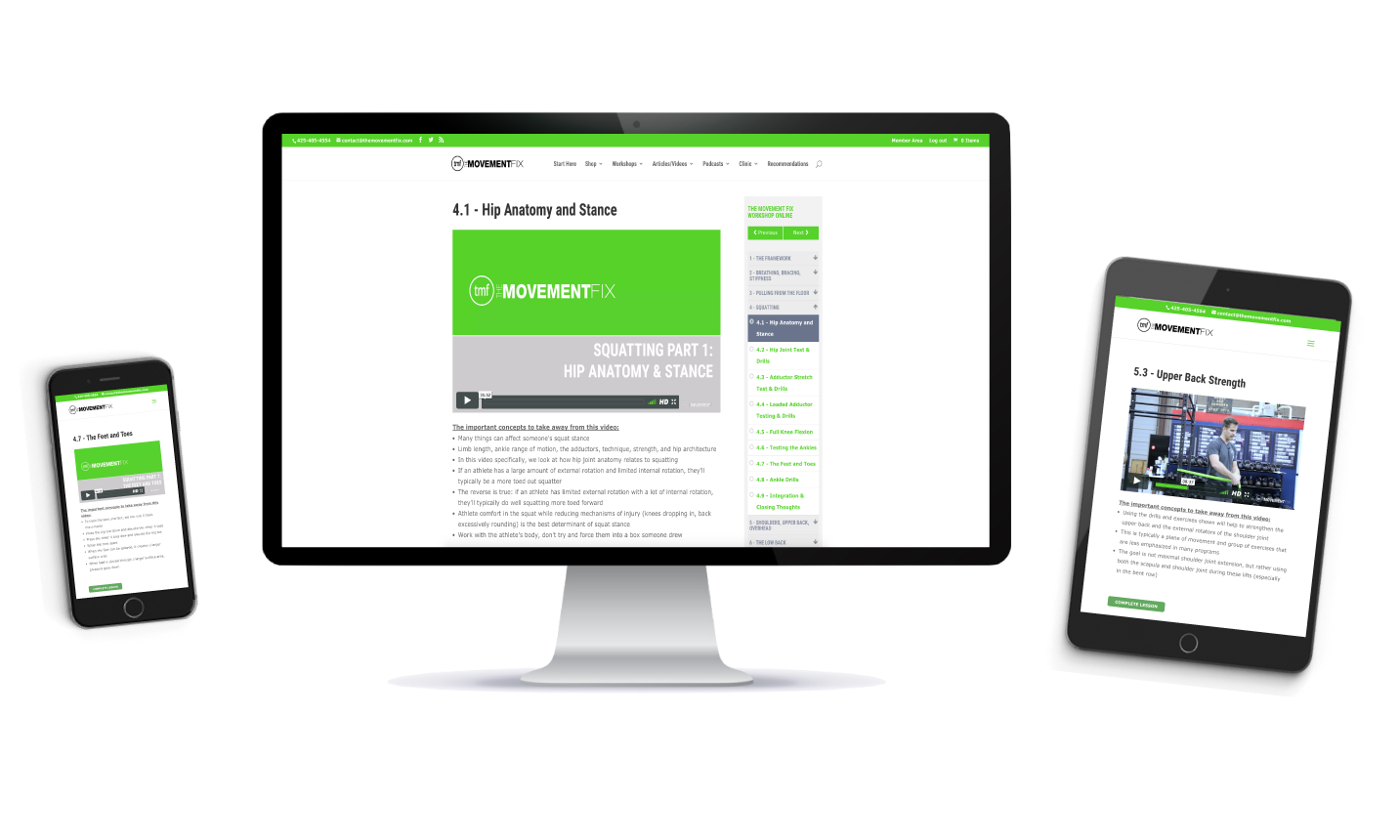How Different Squats Load Your Back, Knees, and Hips Differently
*Updated 4/24/18
Check out The Movement Fix on Instagram @themovementfix
Overview
Different squats will load the main joints and associated muscles around those joints differently depending on style, bar placement, and weight distribution.
The main considerations are torso angle and shin angle. The alteration of those two variables is what will be the main way you can tell which joints are being loaded more and in which way.
As a general rule, this holds true:
The more vertical the torso, the more angled the shin in a squat. The more angled the torso, the more vertical the shin.
When the torso is more vertical, you have more compression of the spine, less shear, and more stress on the knees.
When the torso is more angled (and shins are more vertical) you will be loading the spine and hips more and the knees less, generally speaking.
Need more hip and low back mobility? Start with Day 1 of our Hip/Low Back Mobility Program for free:
Examples
In the next few sections, we will examine two different variations of squatting and discuss how the different areas of the body are stressed differently from one to the other.
You can use this information as a way to change the variation of squatting you use depending on what area you want to stress more or less. If someone is dealing with knee pain, as an example, you could try performing a squat variation that stresses the knees less and subsequently the back more.
Front Squat
In the front squat (or as pictured, the goblet squat) you can see that the shin angle is large, meaning the knees are tracking forward over the toes. This will put more stress on the knees than a squat variation where the shin is vertical (see the next section).
There is nothing wrong with the shin being angled in a squat if it's pain free. However, if there is knee pain, a simple thing to try is choosing a squat variation that has less shin angle.
As mentioned earlier, when the shin angle is large, it typically means there will be a more vertical torso. As you can see in the image, the torso is nearly vertical.
If someone has back pain with back squatting, sometimes front/goblet squatting feels fine on the back because it's vertical and for some reason being angled bothers the back.
[Why does the torso being angled sometimes both someone's back but being vertical doesn't? The Movement Fix Podcast Episode 66 with Dr. Scotty Butcher gets into much more detail]


Low Bar Back Squat
The low bar back squat (sometimes performed with a bench or box, which is called a box squat) is quite different than the front squat in the angle of the torso vs shin.
Notice in the image that the torso is angled and the shins are comparably vertical.
This will place less stress on the knees and more stress into the hips and back. Stress isn't bad if correctly dosed. If something hurts or is sore, it's a good idea to stress it less. So for achy knees that don't feel like they want to front squat, a box squat or low bar back squat may be a better option for that training day.
The back and hips will take more stress in that case, which is great if the back/hips feel ready to be trained hard.
Summary
In this post you've learned the following:
- The larger the shin angle, the more knee stress there is
- The larger the torso angle, the more back/hip stress there is
- Stress isn't bad, it just has to be dosed correctly
- If knees are painful or sore, a vertical shin squat is preferable (or no squatting that day if there is no pain free training option)
- Sometimes when people have back pain with squatting, they can tolerate a front squat or a goblet squat because it keeps the torso vertical and changes the back stress
- Sometimes you just need rest!
What to Read Next
Top 5 Exercises to Work On Your Hip Extension
Top 5 Exercises to Work On Your Hip ExtensionIntroductionIn this article, we will cover: What hip extension is The difference between global extension and hip extension The muscles that control the pelvis and the muscles being stretched when the hip joint is more...
Why Your Lower Back Hurts When Sitting and What to Do About It
Why Your Lower Back Hurts When Sitting and What to Do About ItIntroductionThere are a handful of reasons why your lower back may hurt while sitting, so it’s impossible for an article on the internet such as this to explain to you exactly why your back hurts, but since...
Our 3 Favorite Exercises for Eccentrically Stretching the Hamstrings
Need help with your hip/low back mobility? Download Day 1 of our Hip/Low Back Mobility Program: Our 3 Favorite Exercises for Eccentrically Stretching the Hamstrings Introduction In this article, you'll learn our 3 favorite eccentric exercises to stretch the...
Top 4 Hip Mobility Exercises
Need help with your hip/low back mobility? Download Day 1 of our Hip/Low Back Mobility Program: Top 4 Hip Mobility Exercises Introduction In this article, you'll learn the top 4 hip mobility exercises that we recommend and prescribe. But first, why 4 exercises? These...
Get all our latest articles sent directly to your inbox
Comments






Hey, thanks for this article. It is easy to understand and an interesting topic.
But while I read, one question occured to me: Isn't it better to take a rest from squatting, when you have pain doing it? As I unterstand it, in most situations pain is there for a reason.
I'm interested in your view on this point.
Grettings from a reader from Germany (so, sorry for bad english)
Hey Samuel,
Yes, modifying is strategic rest! Find a way to train your legs without stressing the painful area.
Best,
Ryan
[…] To read more about different squat variations and how they affect ankle, knee, hip, and back positions, you may find this article valuable: How different squats load joints differently […]